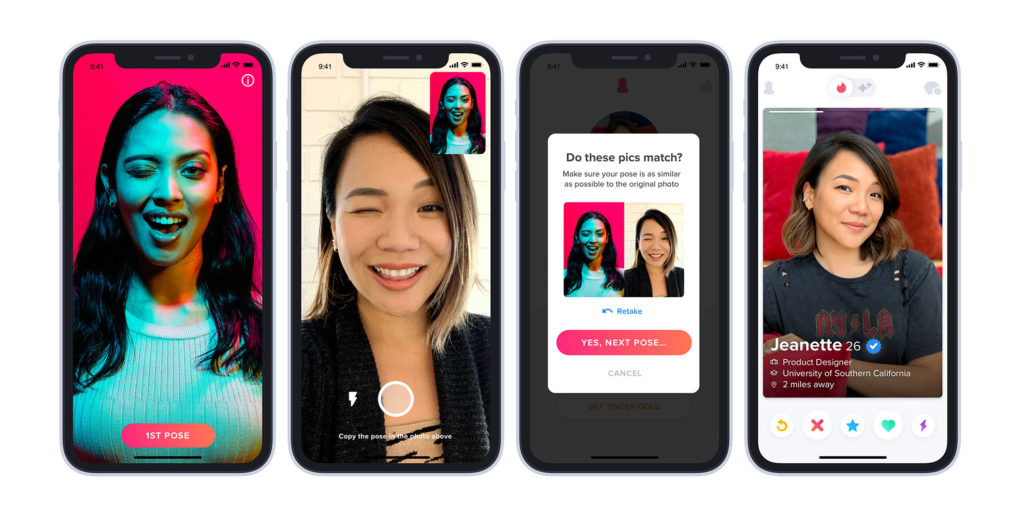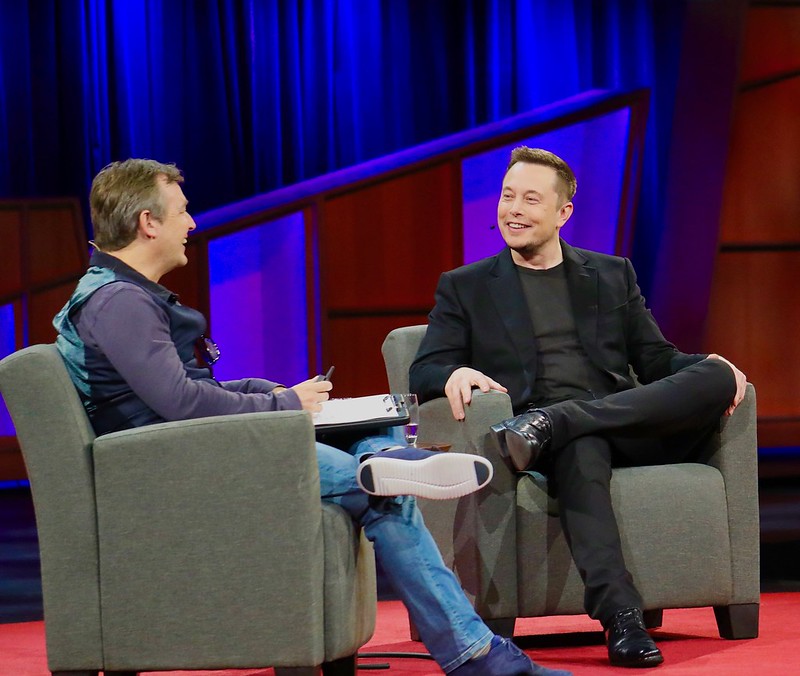If you were on the internet over the last week you probably heard that Elon Musk bought up stock in Twitter to the point he is now the largest single shareholder. Musk started Tweeting, like a college kid who decided to try the big Adderall for the first time, turned down a board seat, deleted some tweets, and got sued by other Twitter shareholders. A normal week for Musk.
One of Musk’s now-deleted Twitter threads was however on the right track. The idea of expanding verification.
Musk floated a few ways to do it, from charging a low monthly fee, to making everyone fork over IDs. I’ve been loudly arguing for expanding Twitter verification for years now. Giving out more blue checks has harms and advantages, but would certainly make the platform feel a little more human.
Something that is little discussed is how well Tinder has handled verification. If you’ve seen those blue stars on Tinder, you’ll know it just means someone took a few photos. To get verified on Tinder, users have to take a few photos, mimicking models’ facial expressions. Those photos are processed by a combination of AI and human review to decide if a person is a person.

Tinder’s approach to verification means little more than that an account is probably not a bot. This sidesteps the problems that come when verification is seen as an endorsement. Twitter paused verification back in 2017, after verifying someone associated with hate groups. The outrage was largely fueled because people felt the blue check was a measure of worth in the eyes of the company Twitter.
At the time I argued verification shouldn’t be seen as an endorsement, but I made the clumsy argument that Twitter should open the existing process to everyone. In the above linked VentureBeat article, I said “I got my verification back when the public could request it. I had to jump through a few hoops, filling out a form explaining why I deserve verification. […] I also had to submit photos of my ID and other documents to verify I was, indeed, myself.”
But four years later, I now think Tinder is onto something, with a dramatically different approach to verification. Online bots are incredibly hard to spot, many real people, behave in ways that could be seen as bot-like.
As Florian Gallwitz, Professor of computer science and media at Nuremberg Institute of Technology pointed out on Twitter, Botometer a tool academics often use to identify bots is highly inaccurate. In one example Gallwitz showed that Elon Musk himself with his blue check, 81 million followers, and nearly 10% ownership of the platform Twitter is possibly a bot according to Botometer.

So Mr. Musk, Elon if I may. If you’re serious about buying Twitter, may I suggest that you address the bot problem using the same, imperfect method Tinder has adopted?
Article by Mason Pelt of Push ROI. First published in MasonPelt.com on April 14, 2022. Photo: “Elon Musk and Chris Anderson at TED 2017” by jurvetson is marked with CC BY 2.0.
